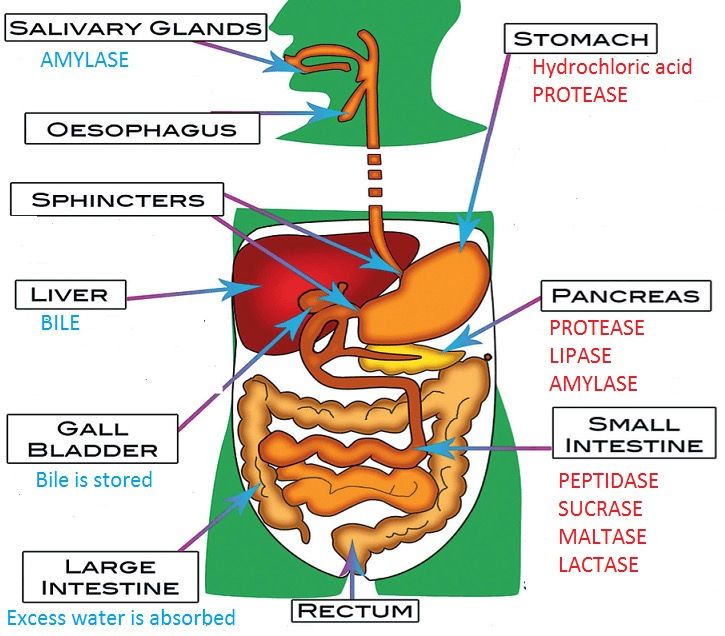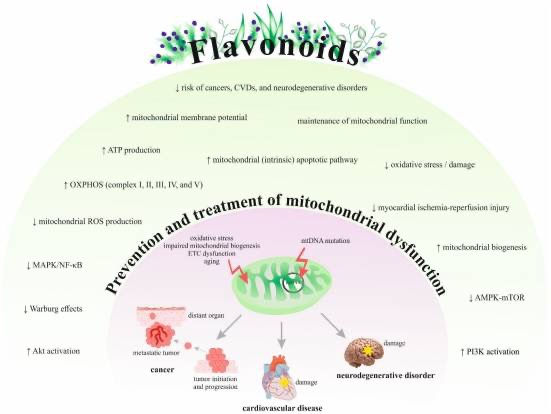Plant Metabolites 101: Nature's Complete Medicine Cabinet
- fowlerfritz8
- Aug 26
- 4 min read

What Are Plant Metabolites?
Imagine if every plant was like a sophisticated pharmaceutical company, constantly developing andproducing hundreds of different compounds to solve problems, fight threats, and maintain perfecthealth. That's exactly what plant metabolites are – the complete collection of chemical compoundsthat plants create to survive, thrive, and protect themselves in a challenging world.
While flavonoids (which we explored in our previous article) are one important family of plantmetabolites, they're just the tip of the iceberg. Plants produce thousands of different metabolites, eachwith unique protective properties. When we consume whole plants, we're not just getting individualnutrients – we're accessing nature's entire medicine cabinet, developed and refined over millions ofyears of evolution.
Think of plant metabolites as nature's Swiss Army knife – a complete toolkit where each compoundhas specialized functions, but they all work together as an integrated system to promote health andfight inflammation.
The Two Types of Plant Metabolites
Plant metabolites fall into two main categories:
Primary Metabolites: These are the basic building blocks plants need to survive – things like sugars,amino acids, and fatty acids. While important for nutrition, these aren't the compounds that give plantstheir unique healing properties.
Secondary Metabolites: This is where the magic happens. These compounds aren't essential forbasic plant survival, but they're crucial for defense, communication, and adaptation. These include:
Polyphenols (including flavonoids): The antioxidant powerhouses we've already discussed
Alkaloids: Nitrogen-containing compounds like caffeine and capsaicin that often have potentbiological effects
Terpenes: Aromatic compounds that give plants their distinctive scents and many therapeuticproperties
Glucosinolates: Sulfur-containing compounds found in cruciferous vegetables like broccoli andkale
Saponins: Soap-like compounds that support immune function and cholesterol management
Phenolic acids: Simple anti-inflammatory compounds found throughout the plant kingdom
How Plant Metabolites Fight Inflammation
Plant metabolites are like having an entire team of specialized anti-inflammatory experts working inyour body:
Multi-Target Approach: Unlike single pharmaceutical compounds that target one pathway, plantmetabolites work on multiple inflammatory pathways simultaneously. It's like having a comprehensivesecurity system rather than just a single lock on your door.
Cellular Communication: Many metabolites help cells communicate more effectively, preventing themiscommunication that often leads to chronic inflammatory responses.
Detoxification Support: Plant metabolites enhance your body's natural detox systems, helpingremove inflammatory toxins before they can cause damage.
Microbiome Modulation: These compounds feed beneficial gut bacteria (including archaea) whilecreating an environment hostile to harmful, inflammation-promoting microbes.
Hormonal Balance: Many plant metabolites help regulate hormones that control inflammatoryresponses, creating better overall balance in your system.
Oxidative Stress Reduction: Plant metabolites work as a coordinated antioxidant network, protectingcells from the oxidative damage that triggers inflammation.
The Entourage Effect: Why Whole Plants Work Better
Here's what makes plant metabolites extraordinary: they work synergistically. Scientists call this the"entourage effect" – the idea that the whole plant is greater than the sum of its parts.
For example, when you eat a blueberry, you're not just getting individual compounds – you're getting acomplex matrix where:
Flavonoids enhance the absorption of other metabolites
Fiber provides slow-release delivery of active compounds
Various antioxidants work together to provide broader protection
Natural co-factors help your body utilize the beneficial compounds more effectively
This is why whole foods consistently outperform isolated supplements in research studies.
The Health Benefits of Metabolite-Rich Living
When you regularly consume a variety of plant metabolites, your body experiences:
Reduced systemic inflammation: Multiple pathways working together to calm inflammatoryresponses
Enhanced cellular repair: Better protection against daily damage and faster recovery
Improved detoxification: More efficient removal of inflammatory toxins and waste products
Stronger immune balance: Better discrimination between real threats and harmless substances
Increased stress resilience: Better adaptation to physical and mental stressors
Optimized metabolism: Improved insulin sensitivity and metabolic flexibility
Better cognitive function: Enhanced brain health and protection against neuroinflammation
Your Daily Plant Metabolite Strategy
The key to maximizing plant metabolite benefits is diversity and consistency:
Variety is King: Different plants produce different metabolite profiles, so aim for as much variety aspossible in your diet.
Color and Aroma: Generally, the more colorful and aromatic a plant food, the richer it is in beneficialmetabolites.
Include All Plant Parts: Don't just eat the fruit – peels, leaves, seeds, and roots often containconcentrated metabolites.
Herbs and Spices: These are metabolite powerhouses. Use them liberally in cooking.
Raw and Cooked: Some metabolites are enhanced by cooking, others are destroyed. Include both rawand cooked plant foods.
Simple Daily Practices
Morning: Start with Archaea Active™ Water (rich in premium flavonoid metabolites) or use it tomake your coffee or tea
Meals: Include at least 5-7 different plant foods per day across all colors and types
Snacking: Choose whole fruits, nuts, or vegetable sticks over processed options
Cooking: Use herbs and spices in every meal – they're concentrated sources of metabolites
Beverages: Use Archaea Active™ Water as your daily drinking water (completely tasteless) orenjoy herbal teas throughout the day
Top Plant Metabolite Sources
Polyphenol Powerhouses: Berries, dark chocolate, green tea, red wine (in moderation),pomegranates Terpene Champions: Citrus peels, herbs like rosemary and oregano, pine nutsGlucosinolate Giants: Broccoli, kale, Brussels sprouts, radishes, watercress Alkaloid All-Stars: Greentea, cacao, black pepper, turmeric Saponin Superstars: Legumes, quinoa, oats, garlic, ginseng
The Synergy with Your Anti-Inflammatory Arsenal
Plant metabolites work beautifully with the other components of your natural anti-inflammatorysystem:
With Archaea: Beneficial gut microbes help process and activate many plant metabolites, makingthem more bioavailable and effective
With Digestive Enzymes: Proper digestion ensures you can break down and absorb thesebeneficial compounds
With Each Other: The complex interactions between different metabolites create enhanced anti-inflammatory effects
The Bottom Line
Plant metabolites represent nature's most sophisticated approach to health and healing. Every timeyou choose whole, colorful, aromatic plant foods, you're accessing millions of years of evolutionarywisdom in chemical form. These compounds have been tested not in laboratories, but in the real worldof survival, adaptation, and thriving.
You don't need to understand the complex chemistry or memorize compound names. Simply choose awide variety of plant foods, use plenty of herbs and spices, and let nature's complete medicine cabinetwork its anti-inflammatory magic in your body.
Remember, you're not just eating food – you're consuming information, instructions, and healingcompounds that your body knows exactly how to use for optimal health.



Comments